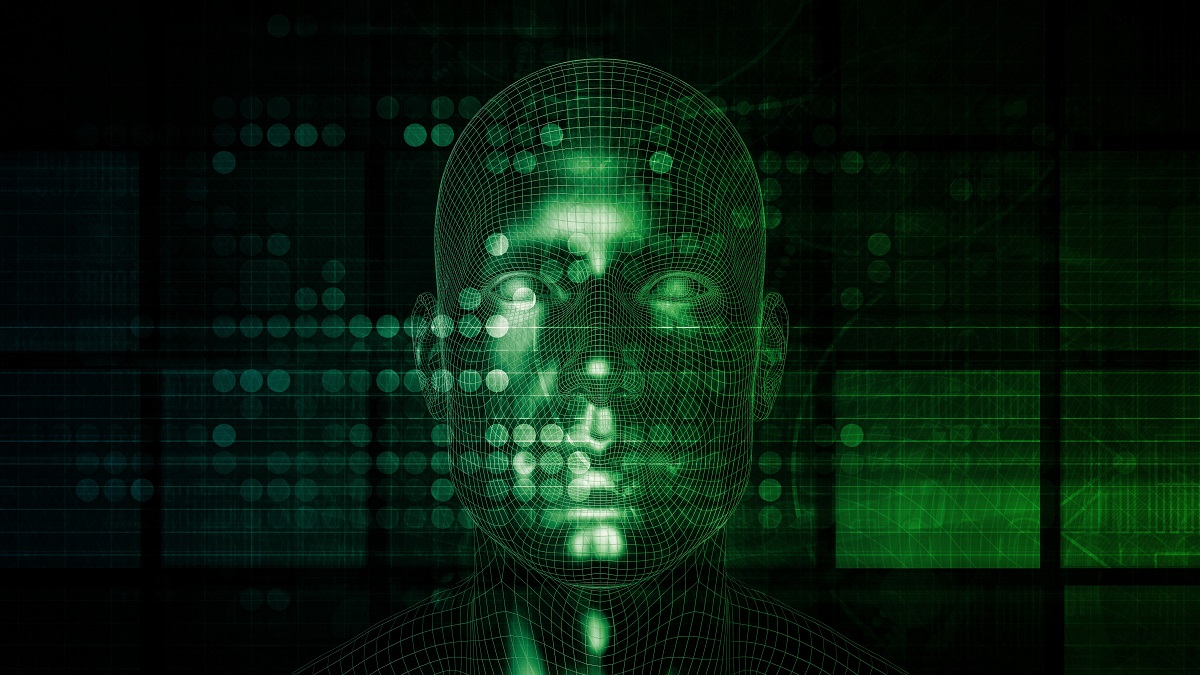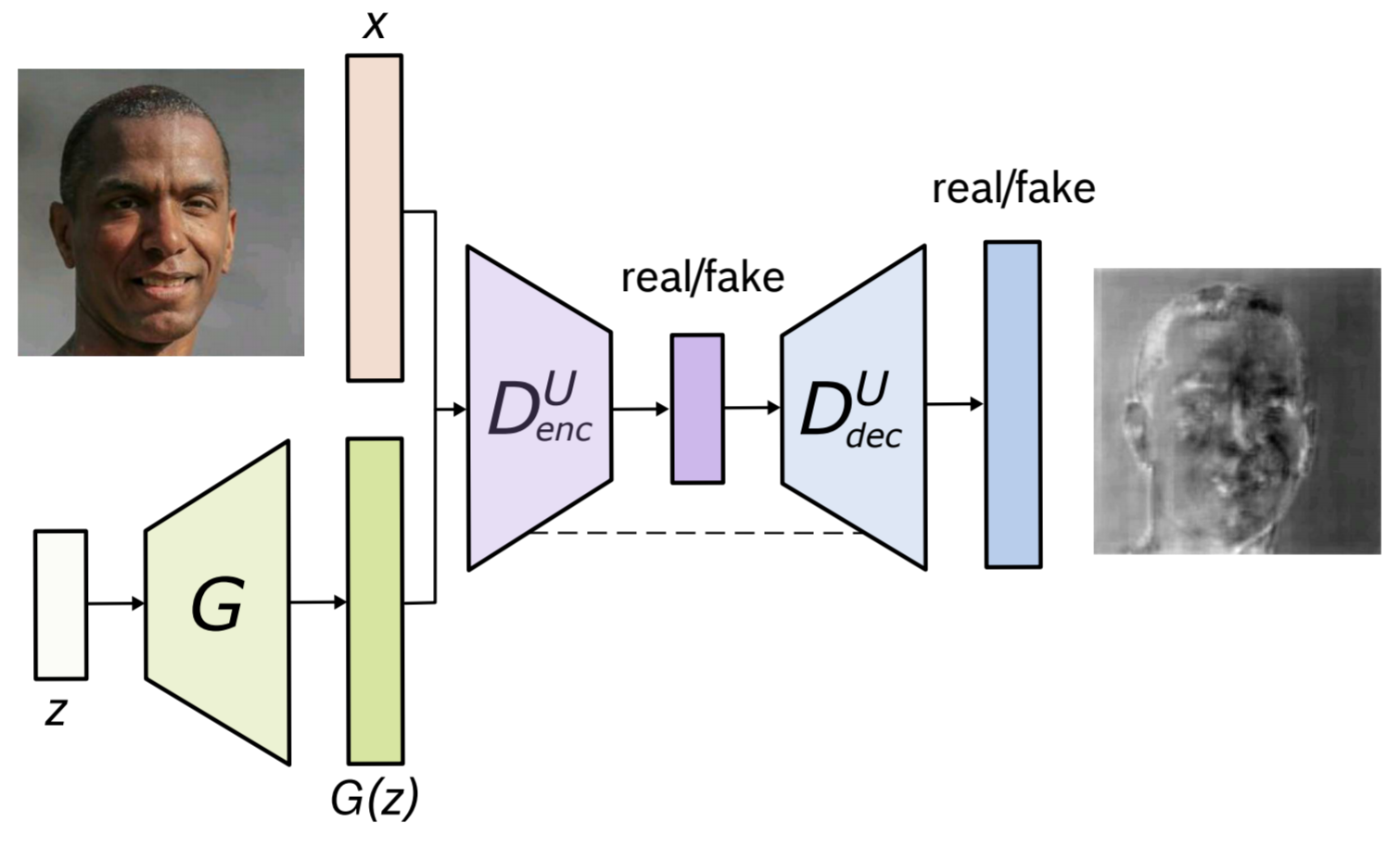
Deep learning applications become more sophisticated as data sets and information volumes increase. Deep learning can be used for many purposes, including smartphone AI that increases battery life and Uber AI that matches the driver with the passenger. AI is already used by lawyers for better decision making, real-estate agents to price homes, and doctors to diagnose disease. Andrew Ng calls AI "the new electricity." Deep learning, despite the hype, isn't without its limitations.
Deep Learning: Applications
Many different areas of computing can benefit from deep neural networks. Deep learning is used to transform images with text using computer vision. This technology is capable of mapping between audio and visual modalities. This technology will change the way we communicate. It's already improving our daily lives. Below are some examples that illustrate deep learning AI. The list is not exhaustive.

Limitations of deep-learning models
Although deep learning models can be very effective at mapping inputs to outputs they still have a lot of shortcomings. These areas include reasoning, long-term plan, and manipulation of data. A deep learning model cannot, for example, recognize sofas from chairs or distinguish between them. Further, it is difficult to train a deep learning model to do a complex task, such as sorting images. Deep learning models may not be a good choice for many applications.
Deep Learning Models require specific hardware requirements
The GPU and CPU must be configured to support the number of cores your model requires. While a GPU with eight cores makes it the most efficient for deep learning models training, a single core is equally effective. High-speed data transfer is possible only if the CPU and GPU are able to communicate at a high rate. In order to achieve this, the GPU and CPU must be equipped with large amounts of memory.
Deep learning applications in chatbots
Artificial neural networks are used for many purposes. These systems are designed to mimic the human brain, so that they can recognize and learn from human-to-human conversations. These systems can be made more sophisticated and precise by analyzing enough data to understand what the user is saying. A chatbot could be trained to learn information about a specific domain. This would apply to the customer service industry where deep learning would prove beneficial.

Future of deep Learning
Advances in deep learning technology are changing the way many AI researchers approach AI, especially in fields that have been resistant to the technology. This area has seen recent advances, including the creation of the Transformer neural network architecture. It is the basis of OpenAI's GPT-3 Language Model and Google. Transformers learn with no labeled information and apply that data to complete sentences. They can now even generate coherent text given a prompt.
FAQ
What can AI do?
AI can be used for two main purposes:
* Prediction-AI systems can forecast future events. For example, a self-driving car can use AI to identify traffic lights and stop at red ones.
* Decision making - AI systems can make decisions for us. You can have your phone recognize faces and suggest people to call.
What does AI look like today?
Artificial intelligence (AI), also known as machine learning and natural language processing, is a umbrella term that encompasses autonomous agents, neural network, expert systems, machine learning, and other related technologies. It is also known as smart devices.
Alan Turing created the first computer program in 1950. He was curious about whether computers could think. In his paper "Computing Machinery and Intelligence," he proposed a test for artificial intelligence. The test asks whether a computer program is capable of having a conversation between a human and a computer.
In 1956, John McCarthy introduced the concept of artificial intelligence and coined the phrase "artificial intelligence" in his article "Artificial Intelligence."
Many AI-based technologies exist today. Some are easy and simple to use while others can be more difficult to implement. These include voice recognition software and self-driving cars.
There are two major types of AI: statistical and rule-based. Rule-based AI uses logic to make decisions. A bank account balance could be calculated by rules such as: If the amount is $10 or greater, withdraw $5 and if it is less, deposit $1. Statistical uses statistics to make decisions. A weather forecast may look at historical data in order predict the future.
Where did AI get its start?
In 1950, Alan Turing proposed a test to determine if intelligent machines could be created. He stated that a machine should be able to fool an individual into believing it is talking with another person.
John McCarthy wrote an essay called "Can Machines Thinking?". He later took up this idea. In 1956, McCarthy wrote an essay titled "Can Machines Think?" In it, he described the problems faced by AI researchers and outlined some possible solutions.
How does AI impact work?
It will change how we work. We will be able to automate routine jobs and allow employees the freedom to focus on higher value activities.
It will improve customer service and help businesses deliver better products and services.
It will allow us to predict future trends and opportunities.
It will enable organizations to have a competitive advantage over other companies.
Companies that fail AI adoption are likely to fall behind.
What is the latest AI invention?
Deep Learning is the newest AI invention. Deep learning is an artificial intelligence technique that uses neural networks (a type of machine learning) to perform tasks such as image recognition, speech recognition, language translation, and natural language processing. Google created it in 2012.
The most recent example of deep learning was when Google used it to create a computer program capable of writing its own code. This was done using a neural network called "Google Brain," which was trained on a massive amount of data from YouTube videos.
This enabled the system learn to write its own programs.
IBM announced in 2015 they had created a computer program that could create music. Neural networks are also used in music creation. These are sometimes called NNFM or neural networks for music.
How does AI work?
An algorithm is a sequence of instructions that instructs a computer to solve a problem. An algorithm can be expressed as a series of steps. Each step has an execution date. A computer executes each instructions sequentially until all conditions can be met. This is repeated until the final result can be achieved.
For example, suppose you want the square root for 5. One way to do this is to write down all numbers between 1 and 10 and calculate the square root of each number, then average them. You could instead use the following formula to write down:
sqrt(x) x^0.5
This is how to square the input, then divide it by 2 and multiply by 0.5.
This is the same way a computer works. It takes the input and divides it. Then, it multiplies that number by 0.5. Finally, it outputs its answer.
What will the government do about AI regulation?
Governments are already regulating AI, but they need to do it better. They should ensure that citizens have control over the use of their data. And they need to ensure that companies don't abuse this power by using AI for unethical purposes.
They also need ensure that we aren’t creating an unfair environment for different types and businesses. Small business owners who want to use AI for their business should be allowed to do this without restrictions from large companies.
Statistics
- In 2019, AI adoption among large companies increased by 47% compared to 2018, according to the latest Artificial IntelligenceIndex report. (marsner.com)
- More than 70 percent of users claim they book trips on their phones, review travel tips, and research local landmarks and restaurants. (builtin.com)
- That's as many of us that have been in that AI space would say, it's about 70 or 80 percent of the work. (finra.org)
- A 2021 Pew Research survey revealed that 37 percent of respondents who are more concerned than excited about AI had concerns including job loss, privacy, and AI's potential to “surpass human skills.” (builtin.com)
- By using BrainBox AI, commercial buildings can reduce total energy costs by 25% and improves occupant comfort by 60%. (analyticsinsight.net)
External Links
How To
How to set up Cortana daily briefing
Cortana is Windows 10's digital assistant. It's designed to quickly help users find the answers they need, keep them informed and get work done on their devices.
A daily briefing can be set up to help you make your life easier and provide useful information at all times. This information could include news, weather reports, stock prices and traffic reports. You can choose what information you want to receive and how often.
Win + I will open Cortana. Click on "Settings" and select "Daily Briefings". Scroll down until you can see the option of enabling or disabling the daily briefing feature.
If you have enabled the daily summary feature, here are some tips to personalize it.
1. Open Cortana.
2. Scroll down to "My Day" section.
3. Click the arrow to the right of "Customize My Day".
4. Choose which type of information you want to receive each day.
5. Modify the frequency at which updates are made.
6. You can add or remove items from your list.
7. Save the changes.
8. Close the app